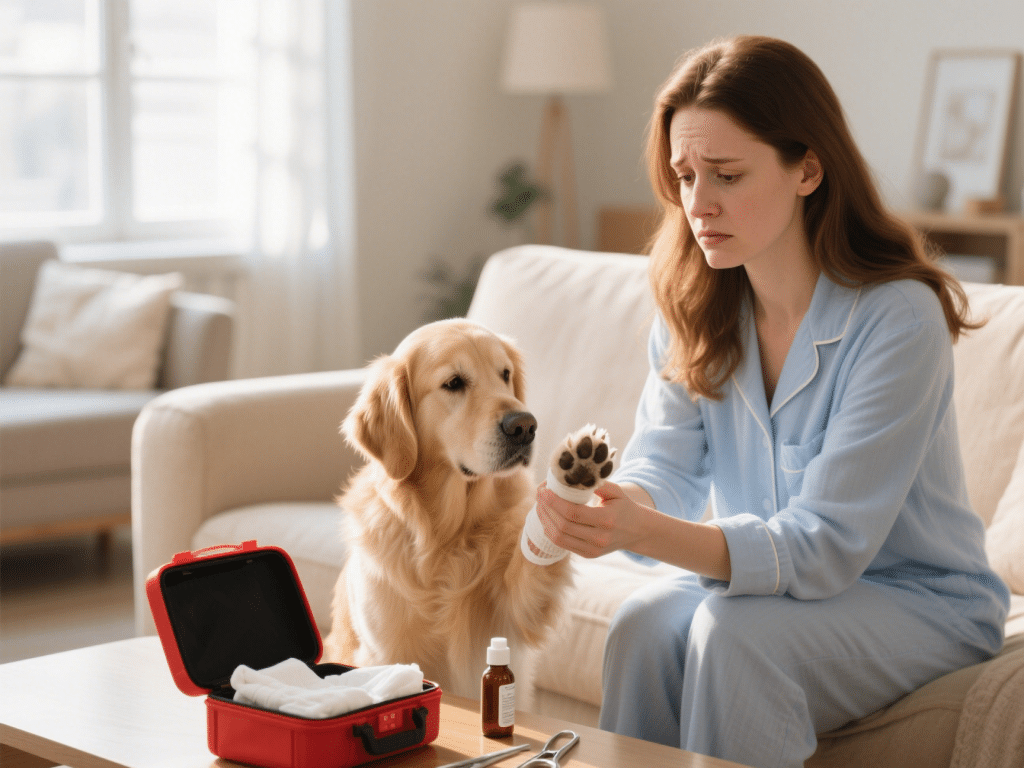Introduction
Many cat owners assume indoor cats are immune to parasites, leading to skipped deworming treatments. However, indoor felines can still contract worms via insects, contaminated surfaces, or guests carrying parasites. This article dispels common myths about deworming indoor cats and provides science-based recommendations.
Myth 1: “Indoor Cats Don’t Need Deworming”
Fact: Indoor cats can ingest fleas carrying tapeworm cysts or accidentally consume parasite eggs from contaminated shoes or pet carriers.
Evidence: A 2019 veterinary study found that 15% of strictly indoor cats tested positive for intestinal parasites during routine fecal exams. Regular deworming prevents unexpected infections.
Myth 2: “Natural Remedies Alone Are Sufficient”
Fact: Ingredients like pumpkin seeds and diatomaceous earth may support gut health but lack clinical efficacy against established infections.
Recommended Approach: Use veterinarian-prescribed dewormers (e.g., pyrantel pamoate, praziquantel) as primary treatment; natural supplements can be adjunctive.
Myth 3: “Monthly Heartworm Preventive Covers All Parasites”
Fact: Heartworm medications containing milbemycin or selamectin do target certain intestinal parasites, but some products exclude tapeworms.
Clarification: Check product labels—if tapeworms are not covered, administer praziquantel or a combination dewormer biannually.
Myth 4: “Deworming Too Often Is Dangerous”
Fact: Overdosing on dewormers can cause toxicity, but following veterinary guidance prevents risks.
Safe Frequency:
Indoor cats: Every 3–6 months.
Flea-endemic environments: Every 1–2 months.
Myth 5: “No Signs Means No Parasites”
Fact: Many cats exhibit subclinical infections without diarrhea or weight loss.
Recommended Practice: Biannual fecal tests to detect asymptomatic parasite presence; early detection prevents complications.
Science-Based Deworming Protocol for Indoor Cats
Initial Veterinary Visit
Fecal exam and physical check.
Establish baseline parasite status.
Standard Deworming Schedule
0–6 Months: Deworm every 2 months with a broad-spectrum dewormer.
6–12 Months: Deworm every 3–4 months.
Adult (1+ Year): Deworm every 6 months; increase frequency if exposure risk rises.
Product Selection
Pyrantel Pamoate: Effective against roundworms and hookworms.
Praziquantel: Essential for tapeworm control.
Combined Topical Preventives: Selamectin (Revolution®) for fleas and some intestinal parasites.
Environmental Control
Maintain a clean litter box; scoop daily.
Regularly disinfect bedding and toys.
Conclusion
Indoor cats are not exempt from intestinal parasites. Debunking myths—such as infrequent deworming or sole reliance on natural remedies—ensures responsible owners adopt evidence-based parasite prevention. Regular veterinary consultations, fecal exams, and targeted treatments keep indoor cats healthy.










Comments on " Indoor Cat Deworming Myths Busted: What Every Owner Should Know" :